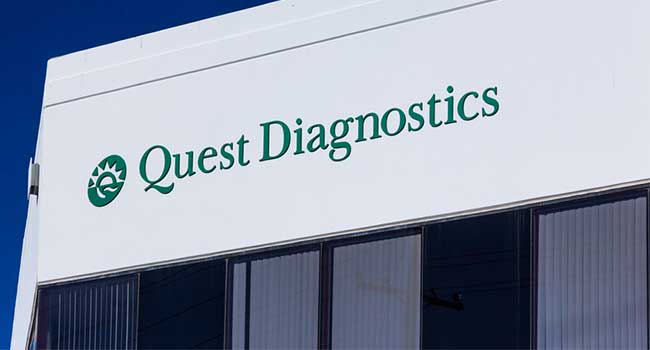
Quest Diagnostics Hack Leaves the Data of 34,000 Patients Exposed
Quest Diagnostics, a medical laboratory in New Jersey, said on Monday, December 12 that it was investigating a recent hack into their mobile application that exposed the personal health information of about 34,000 people.
According to the company, an “unauthorized third party” gained access to names, dates of birth, lab results and, in some cases, telephone numbers of patients on November 26. The hack was conducted through a mobile phone app that allows patients to access lab results and other information.
Not included in the stolen data was the social security or credit card numbers of those who had been exposed in the hack. Insurance or financial information seems to be untouched as of Tuesday, December 13. All the people who have been affected have been notified, the company said. It also said there was no indication that any of the information had been misused.
“Quest is taking steps to prevent similar incidents from happening in the future, and is working with a leading cybersecurity firm to assist in investigating and further evaluating the company's systems,” a statement said. “The investigation is ongoing and the unauthorized intrusion has been reported to law enforcement.”